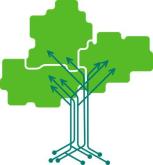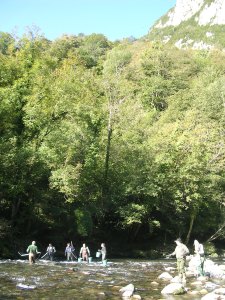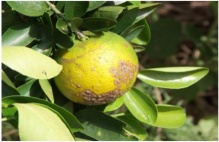 E-SPACE is a flagship program of Agropolis Fondation leaded by Claire Neema (Montpellier Supagro – UMR BGPI)
E-SPACE is a flagship program of Agropolis Fondation leaded by Claire Neema (Montpellier Supagro – UMR BGPI)
This program aims at improving the knowledge of pathological and epidemiological processes underlying plant disease emergence, and designing innovative approaches for monitoring early warning and crop protection. It will provide national and regional plant epidemiosurveillance programs with key -data and key -tools for continuously adapting them to the evolving challenges of emerging plant diseases.
It falls into 4 workckages :
WP1 – Understanding bioinvasion pathways – P. Lefeuvre & V. Ravigné
WP2 – Understanding epidemiological dynamics and adaptive changes underlying the emergence of plant diseases – O. Pruvost & G. Thébaut
WP3 – Understanding biotic factors associated with the non-emergence or emergence of pathogens – P. Roumagnac, C Tollenaere & C. Vernière
WP4 – Promoting the diffusion of scientific results to stakeholders
Several post-doc and PhD opportunities as well as workshops are open. Visit E-SPACE website.




